A handful of users of the Apple iPhone 6 and 6 Plus are reporting manifestation of display aberrations and inconsistent touch functionality — and a screen replacement doesn't fix the problem.
The problems with the 2014 iPhone 6 and 6 Plus generally start with a small patterned band at the top of the screen of afflicted devices, according to the Apple community support forums. As time goes on, the aberrant band sometimes extends further down the screen, and touch sensitivity and device response to the touch gets progressively worse.
iFixit has collated reports from component-level repair shops from around the U.S. that have seen the problem. One vendor claims to repair about 100 iPhone 6 and 6 Plus models a month exhibiting the problem. Others report dozens.
AppleInsider has spoken with a screen repair chain that performs repairs on about a thousand devices a week that confirmed seeing the problem, with "a few [iPhones] a week" that enter the shops exhibiting the issue.
Third party repair shops have traced the problem to the chips that translate the user's touch to information the iPhone can use. These controller chips are sometimes failing outright, and in other cases the microscopic solder joints connecting each chip to the motherboard are breaking, causing the progressive failures.
While a single root cause of the problem has yet to be determined, the problem may be related to the "Bendgate" issue from 2015, where the large and thin iPhones were warping as a result of force applied by users. The increased incidence of flexing of the case because of the larger surface area may be exacerbating the problem over time, and causing more solder joints to break.
Apple may have been aware of the potential for a problem with the touch controller when it designed the iPhone 6s family. The touch controller has been moved to the display assembly. In conjunction with overall frame strengthening, the migration appears to be protecting the controller chips' solder joints from the flexes the iPhone 6 endures because of its size.
Prior to the iPhone 6, the touch controller chips were reinforced by a metal electromagnetic interference shield as well, protecting older phones from the same problem.
Apple's solution at this time is to replace a device that has failed in such a fashion. Third party non-warranty repair shops specializing in micro-soldering can replace the touch controllers that are failing as well, but this invalidates any Apple warranty.
 Mike Wuerthele
Mike Wuerthele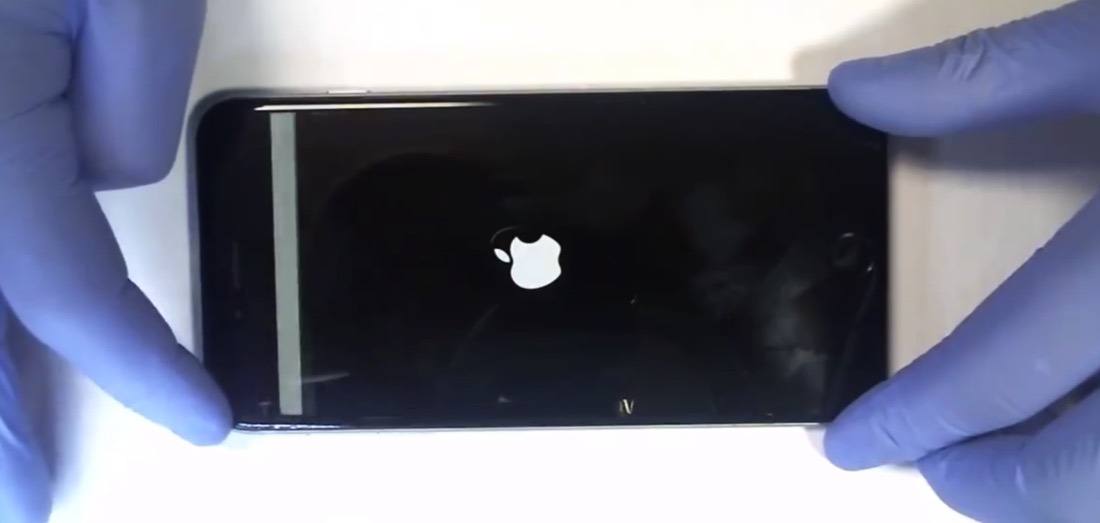
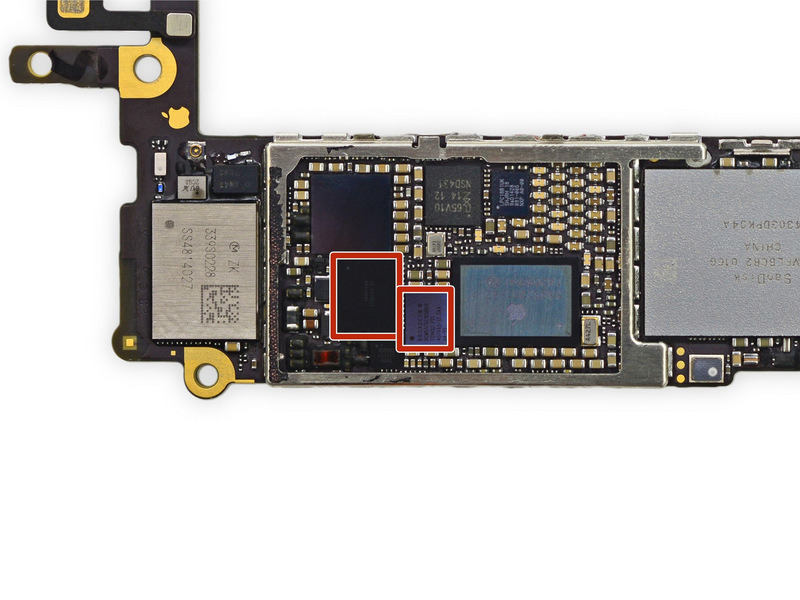

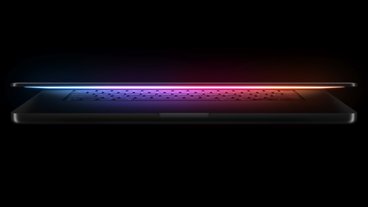


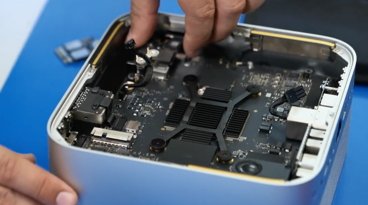









 William Gallagher
William Gallagher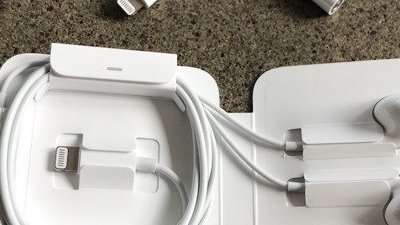
 Charles Martin
Charles Martin



 Christine McKee
Christine McKee










44 Comments
This must be an INSANELY small # of people, since tens and tens and tens of millions of iPhone 6/6S have been sold, and I haven't heard a peep about this issue. But I'm sure some will desperately try to turn this into the next "gate", and headlines will be made about how the phone is a lemon.
I have this exact problem and it's been getting worse and worse. Most of the time I can get the phone to work again with twisting the top and bottom in the opposite directions. Other times I give up after few tries. My phone shows no visible damage and I think I take a good care of it.
Of course, I am out of warranty already but truth be told I have not tried to take it in yet. I feel that I can last till the new one comes out.
It is extremely frustrating.
I've had touch funkiness lately, and while I don't have that gray band, I do have a discoloration at the top of the screen. Between those and the other mounting issues I've basically just committed to limping it through until next month when I can get a replacement.